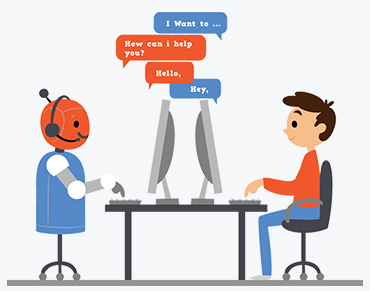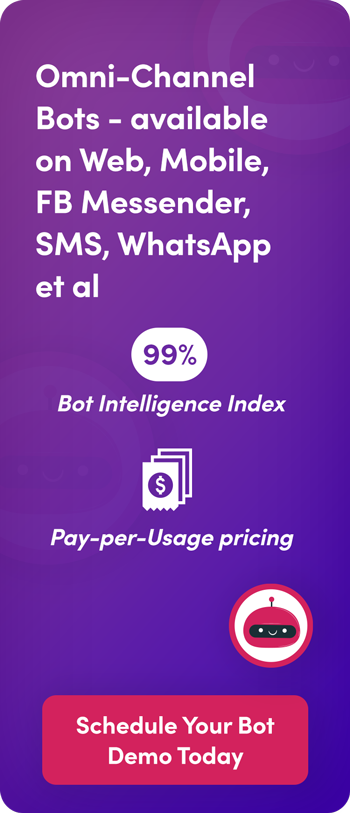How to Build Conversational AI Assistant
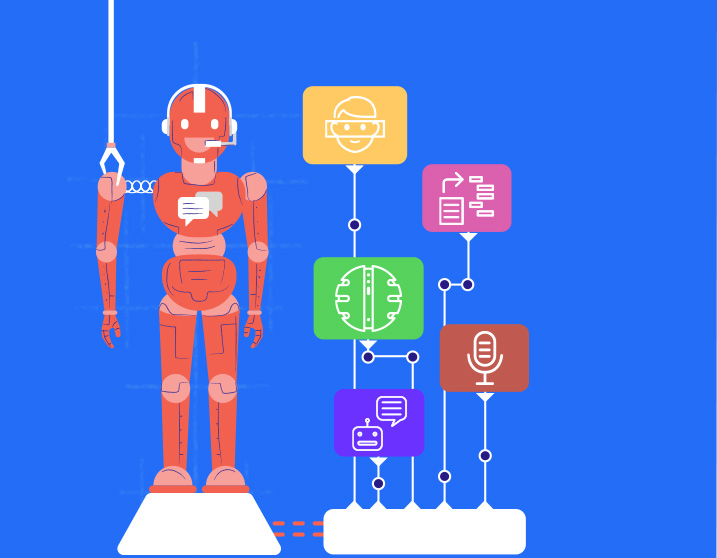
Conversational AI assistant for better customer experience
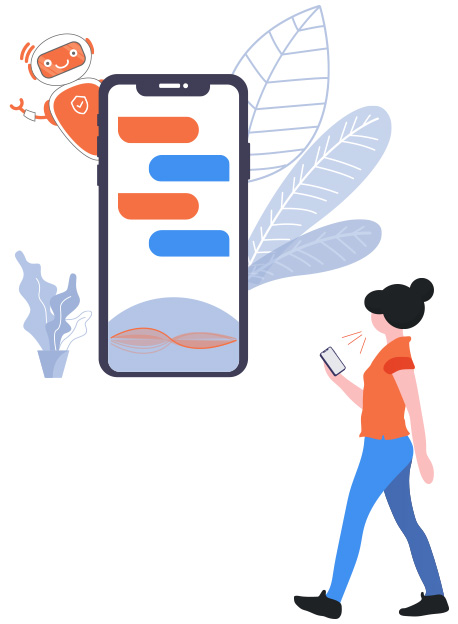
The main purpose of conversational AI is using voice & text assistants or automated tool/chatbot enhance customer engagement and experience. Most of the smart phone users use text messaging apps like Skype, Instagram, WhatsApp, Facebook Messenger, Snapchat, Telegram, etc. Examples of voice/speech-based platforms are Google Home, Amazon Echo, Apple’s Siri, etc.
Nowadays customers prefer messaging platform rather than phone calls, emails or face to face meetings as customers fell it easy and handy to chat with service provider and solve their query faster.
Text based platforms refers to messaging apps and chatbots. Many businesses build AI powered chatbots for better customer interactions and experience.
FAQ based or Rule based bot needs to be trained for each phrase user can ask; so, it’s difficult to train. On the other end advantage of Conversational AI chatbot is it learns from interaction with customers; so, provide a personalized experience to each user. This conversational AI powered chatbot interact with user in such a way that the user feels like he/she is interacting with live human assistant/person.
Nowadays customers prefer messaging platform rather than phone calls, emails or face to face meetings as customers fell it easy and handy to chat with service provider and solve their query faster.
Text based platforms refers to messaging apps and chatbots. Many businesses build AI powered chatbots for better customer interactions and experience.
FAQ based or Rule based bot needs to be trained for each phrase user can ask; so, it’s difficult to train. On the other end advantage of Conversational AI chatbot is it learns from interaction with customers; so, provide a personalized experience to each user. This conversational AI powered chatbot interact with user in such a way that the user feels like he/she is interacting with live human assistant/person.
On the other end rule based normal bot can only provide keyword-based fix menu to select from it & this bot may get confused if user ask the same query in a different format. So, most of the companies build a conversational AI bot to increase their business. The company should use rule-based bot only if user scenario is fixed and specific.
For example, normal rule-based bot which takes sis id/policy number from the user and fetch all the details for that insurance policy. But to solve all the support queries/issues and suggest different plans to customer based on his/her need; a company should build conversational AI has driven continuously improving bot.
For example, normal rule-based bot which takes sis id/policy number from the user and fetch all the details for that insurance policy. But to solve all the support queries/issues and suggest different plans to customer based on his/her need; a company should build conversational AI has driven continuously improving bot.
How to build conversational AI assistant
Conversational AI chatbot uses deep learning, natural language processing, speech recognition, supervised & unsupervised learning. Developers can also use reinforcement learning to re-train the bot.
Conversational AI bot should think like humans. Sometimes, customers make spelling mistakes, or the question asked is not clear; but conversational chatbot should be capable of what the user wants to ask and solve it accordingly. Not only simple text, but a bot should use conversation interfaces like lists, buttons, images, etc. for more natural human like interaction and experience.
Using a better conversational interface bot can be build simpler and quicker to understand for users.
Conversational AI bot should think like humans. Sometimes, customers make spelling mistakes, or the question asked is not clear; but conversational chatbot should be capable of what the user wants to ask and solve it accordingly. Not only simple text, but a bot should use conversation interfaces like lists, buttons, images, etc. for more natural human like interaction and experience.
Using a better conversational interface bot can be build simpler and quicker to understand for users.
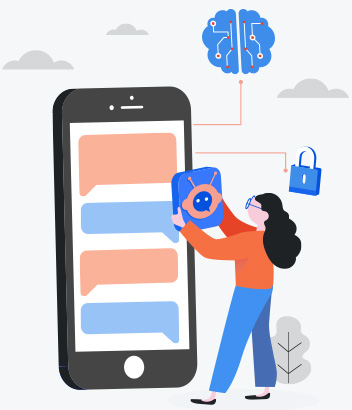
Challenges for conversational AI
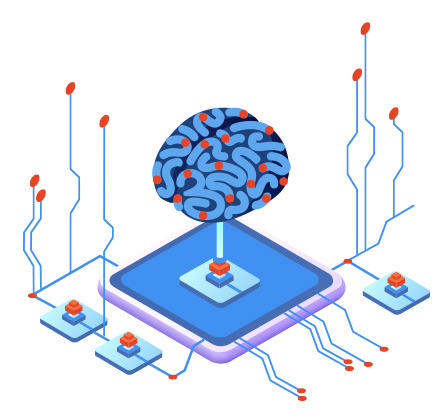
To make conversational AI computers/bots as intelligent as humans bot developer uses NLP for interaction between bots and people. But, creating automated bots which can understand NLP is itself a very difficult challenge. Data privacy is also an issue to conversational AI bots.
For speech assistant bots challenges lie in words with more than one meaning, pronunciation, etc. In most of the cases smart speaker/ speech assistant at home will be used by all the family members. In this case it should be able to recognize who is speaking for personalized experience.
Unlike text-based assistants, voice-based assistants give only one best result to the user. There is not any option to choose from result. It may be possible that this best result fetched by the bot is biased. Feedback related to bias result can be provided to bot to improve its result in the future.
For speech assistant bots challenges lie in words with more than one meaning, pronunciation, etc. In most of the cases smart speaker/ speech assistant at home will be used by all the family members. In this case it should be able to recognize who is speaking for personalized experience.
Unlike text-based assistants, voice-based assistants give only one best result to the user. There is not any option to choose from result. It may be possible that this best result fetched by the bot is biased. Feedback related to bias result can be provided to bot to improve its result in the future.
Advantages of conversational AI
Effective conversational AI provides better customer engagement and satisfaction. That will directly increase a company’s business.
Data collected using this AI assistant may be used to understand the customer’s interests and future recommendations.
Also, using the conversational AI company can serve their customers 24×7.
